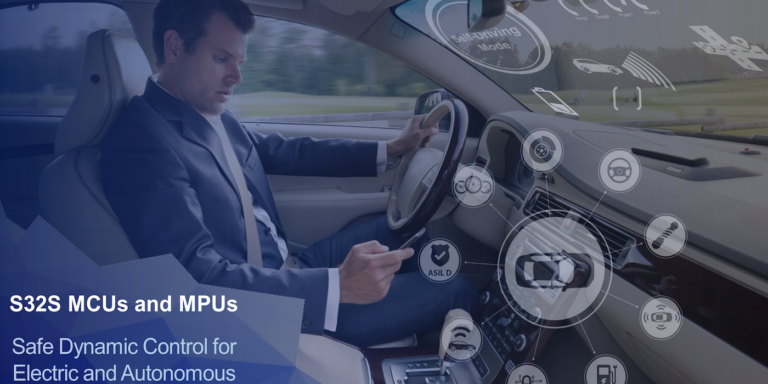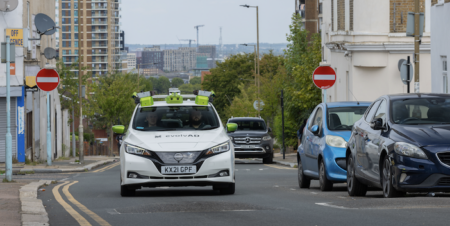Automotive semiconductors supplier, NXP Semiconductors, has developed S32S, an 800Hz microprocessor for the control of vehicle dynamics in next-generation electric and autonomous vehicles. According to NXP, the microprocessor can manage the systems that accelerate, brake and steer vehicles safely, whether under the direct control of a driver or an autonomous vehicle’s control – in the latter case, the car gives commands and then must execute them flawlessly in all conditions to ensure road safety.
“We see that the shift to next-generation autonomous and electric vehicles is introducing huge challenges to carmakers,” said Ian Riches, executive director in NXP’s automotive strategy analytics division. “Not least of these is the ability to get silicon in hand fast enough and with enough performance headroom to ease the transitions to autonomous and advanced HEV/EV. A car can be extremely intelligent, but if it can’t act safely on a decision, you don’t have a reliable autonomous system at all.”
NXP S32S is the first in an S32 range of 800Hz processors that will use an array of Arm Cortex-R52 cores, which offers four independent ASIL D capable processing paths to support parallel safe computing. According to the company the S32S architecture also supports a new “fail availability” capability, allowing the device to continue to operate after detecting and isolating a failure, which is a critical capability for autonomous applications.
“When we started the development of the S32S it was clear that just building another incremental microcontroller was not what customers needed to handle the safety and performance requirements of next-generation and autonomous vehicles,” said Ray Cornyn, vice president of vehicle dynamics and safety at NXP. “Our new safety processors leverage the high performance multi-core benefits of the S32 Arm platform while still supporting traditional microcontroller ease of use and environmental robustness.”





